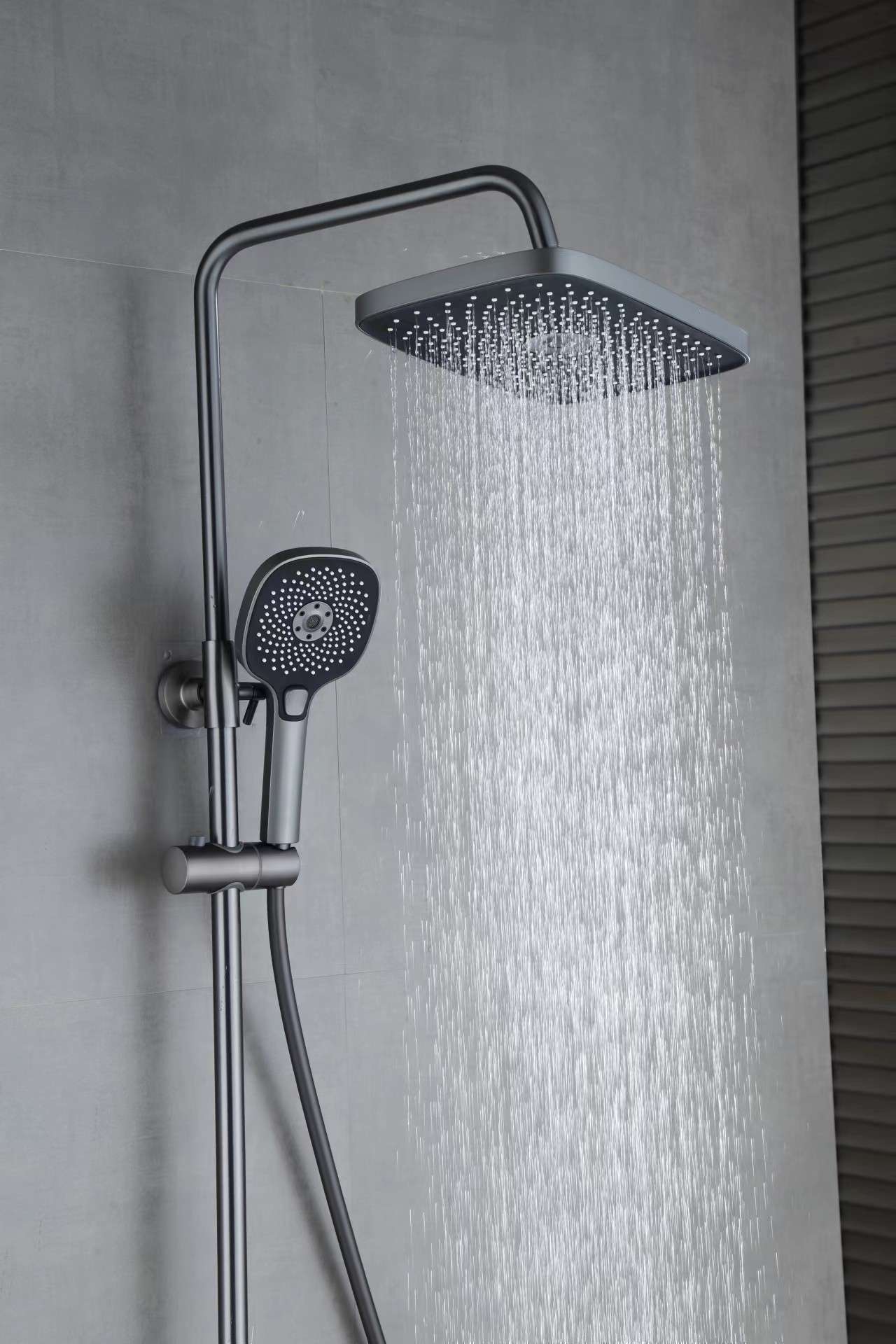"Nearly half of U.S. taps may contain potentially harmful chemicals"
Release time:
2023-07-07
Recently, a study in the United States reported that nearly half of the country's faucets may contain a synthetic compound called PFAS (fluorosurfactant), and fluorosurfactant can cause cancer and other health problems.
On July 6, 2023, local time, in San Anselmo, California, the water in the faucet filled a cup. Source: Visual China
According to a government study released on July 5, nearly half of the drinking water from taps in the United States may contain fluorosurfactants that cause cancer and other health problems. The U.S. Geological Survey says these synthetic compounds, collectively known as fluorosurfactants, are contaminating water sources across the United States, including drinking water, private wells and public water systems. Fluorosurfactants are also found in a variety of consumer products, such as non-stick pans, food packaging and waterproof clothing, and enter the water supply with them.
The U.S. Environmental Protection Agency proposed the first federal drinking water restrictions on six forms of fluorosurfactants back in March, but the federal government did not prohibit companies that use these chemicals from dumping them in public wastewater systems. (Scott Faber), senior vice president of the environmental working group of advocacy organization, said (Scott Faber): "We should deal with this problem where it started, not after the accident. We should demand that polluters dispose of their own waste."
The report notes that federal and state programs measure exposure to contaminants such as fluorosurfactants, often in water treatment plants or in groundwater wells that supply water treatment plants. By contrast, the USGS report is based on tap samples from 716 sites.
The data on fluorosurfactants collected at a series of sites between 2016 and 2021 were mainly from residential areas, but there were also data from some schools and offices. The above data include protected land such as national parks, residential and rural areas where the source of the fluorosurfactant is not identified, and urban centres where industrial areas or landfills are known to produce fluorosurfactant.
The most exposed areas are in cities and near potential fluorosurfactant sources, particularly in urban centers along the eastern seaboard of the United States, the Great Lakes and Great Plains, and central and southern California. Based on these data, the researchers estimate that at least one form of fluorosurfactant can be found in about 45 percent of tap water samples across the United States.
Fabre stressed that users of private wells should test their water for fluorosurfactants and consider installing filters that use activated carbon or reverse osmosis membranes to remove these compounds. The USGS study "further proves that the presence of fluorosurfactants is very common, and people who rely on private wells are particularly vulnerable to these chemicals".
Related News
Share
 Ruigad@Ruigad.com
Ruigad@Ruigad.com
 0592-6363076
0592-6363076








